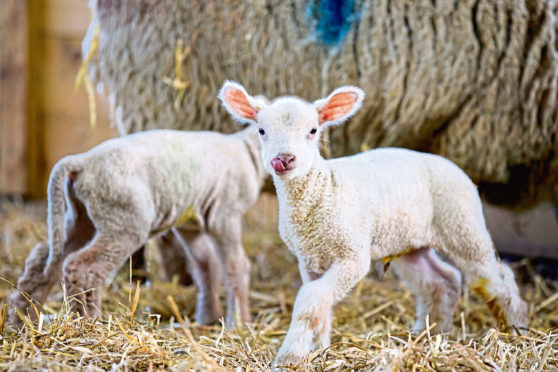The majority of calf and lamb losses occur in the first seven days after birth, according to a Britain-wide study.
Results from the Neonatal Survival Project – funded by levy bodies Quality Meat Scotland (QMS), HCC in Wales, and the Agriculture and Horticulture Development Board (AHDB) in England – reveal more than 98% of lamb and 90% of calf losses occur during this period.
The project aimed to produce recommendations for how farmers could reduce losses and thus improve farm efficiency and animal welfare.
It found although many farmers were aware of good practice industry advice on newborn survival, the advice was not consistently followed.
“This was particularly true with respect to colostrum management and genetic selection,” said the three levy bodies in a joint statement.
“Farmers were confident in their abilities to improve survival rates, but tended to underestimate newborn losses on their farm relative to national averages.
“A cultural stigma around losses limits farmers in discussing their experiences with peers, and in some cases, even with their vet.”
The levy bodies said the research highlighted the importance of accurate record keeping as losses can be highly variable between years.
They added: “While most suckler farmers have access to reliable records, a significant number of sheep farmers do not consistently record their data.”
The study also found that good, long-term protein status in late pregnancy resulted in reduced lamb losses between scanning and a lamb being 24 hours old, and twin-born lambs with a low serum antibody (IgG) concentration were more likely to have poorer growth rates.
It also found a significant proportion of beef and sheep farmers were unable to manage infectious diseases without the use of “critically important antibiotics”, and oral antibiotic treatment at birth made no difference to lamb outcomes in an experimental study within the project.
The results from the study will be shared with farmers and crofters at an online event on Thursday January 21, from 7pm to 8pm.
Full details of the webinar are available online at
ahdb.org.uk/events
